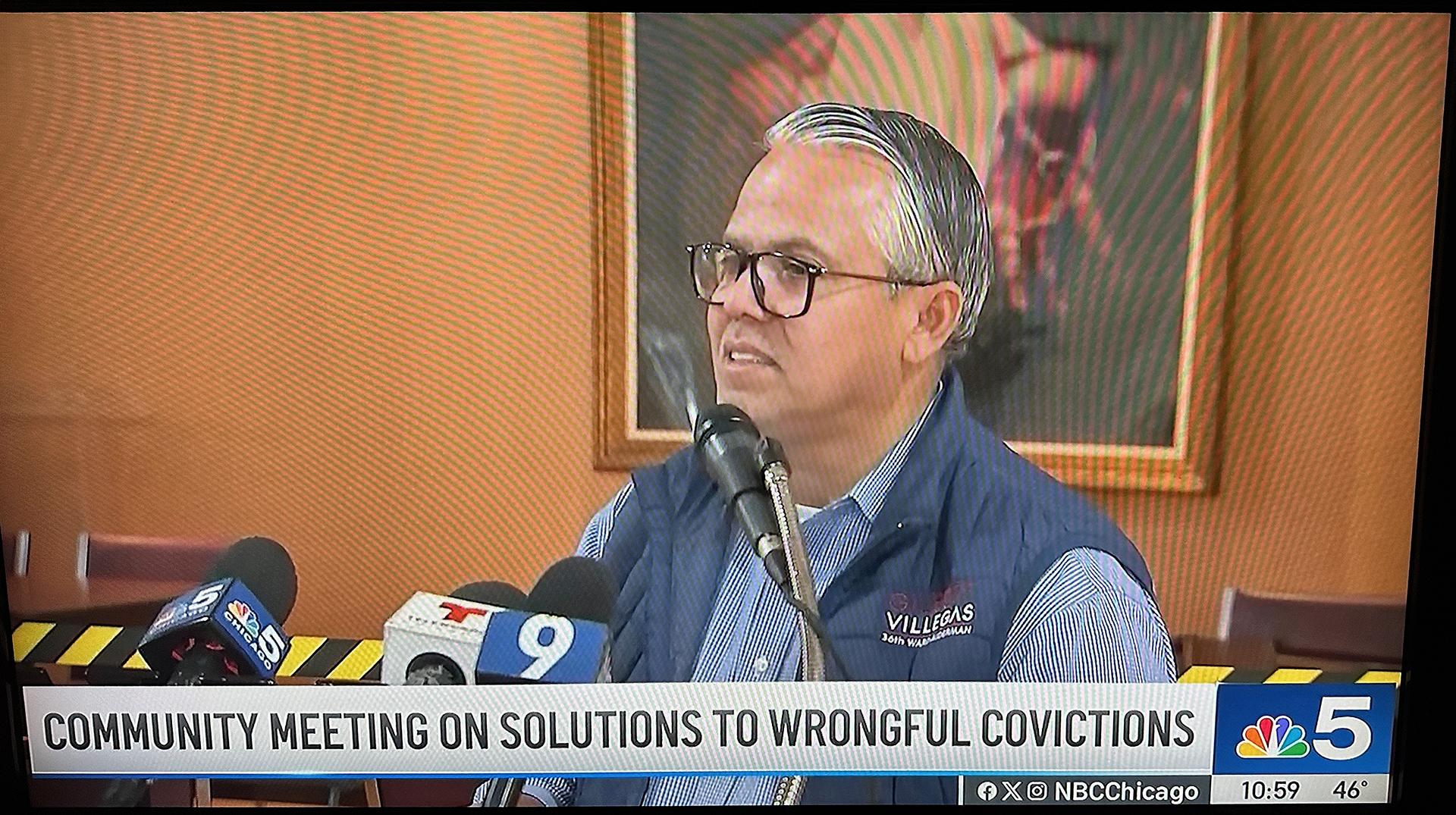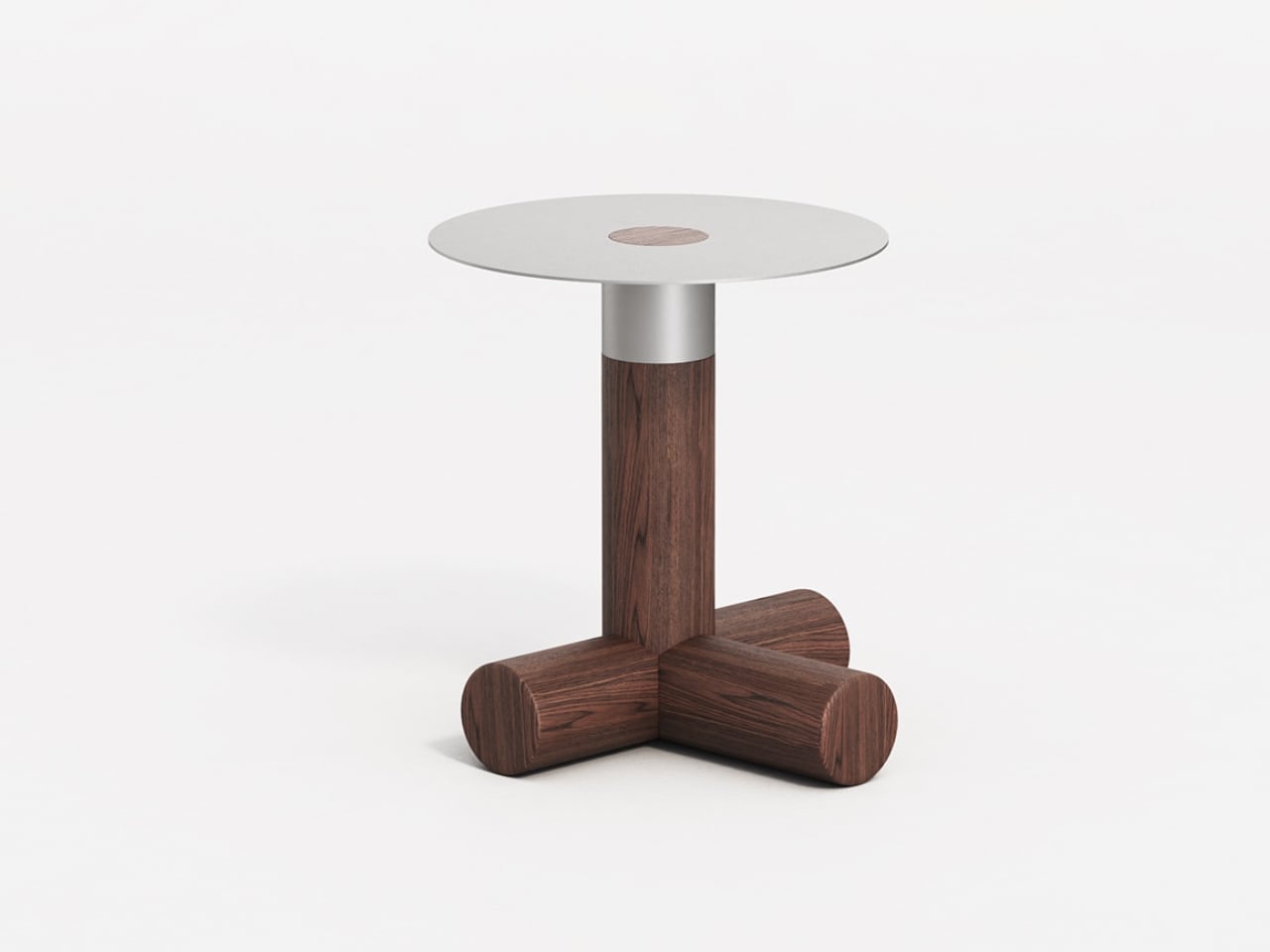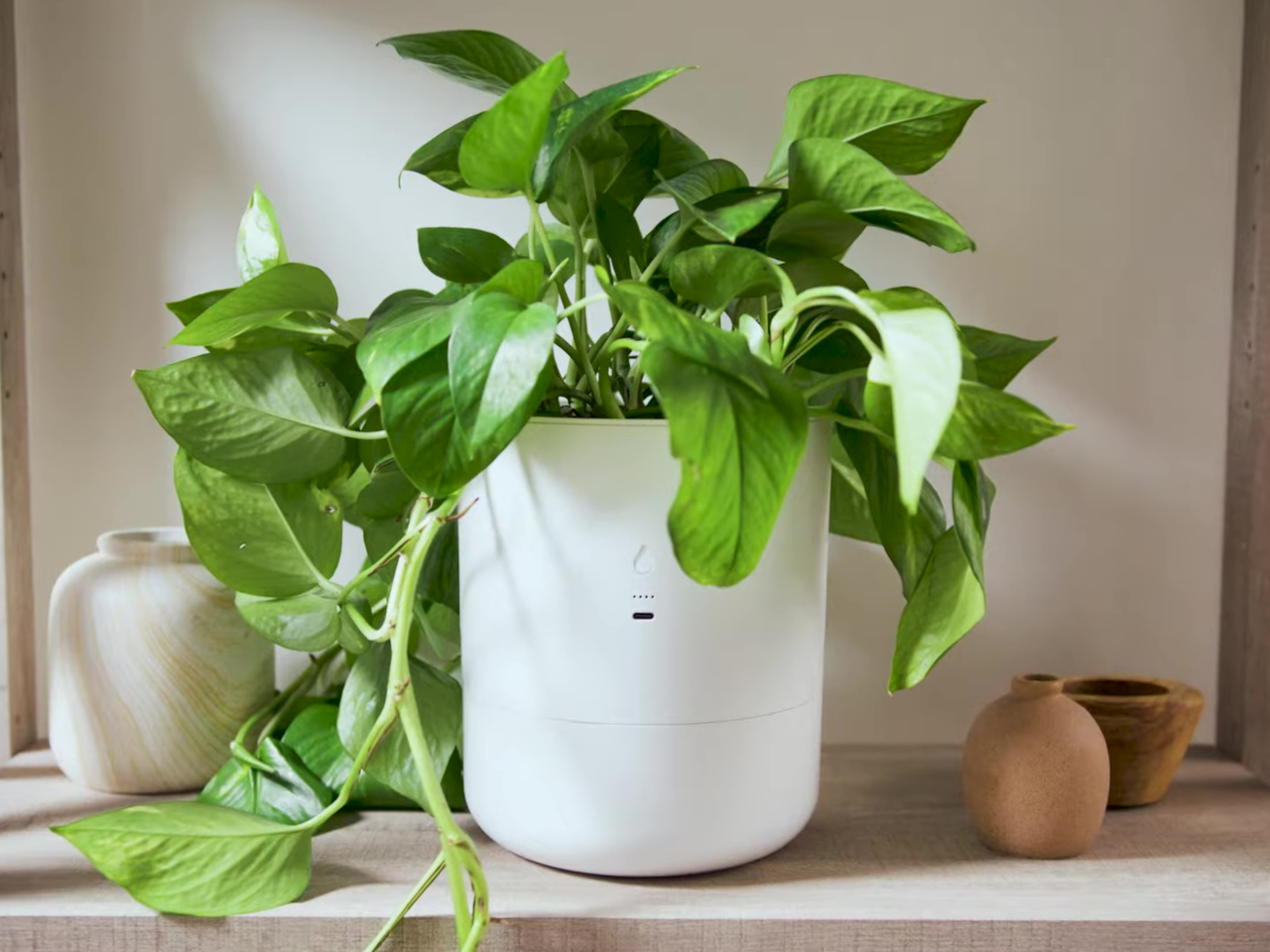Here’s Why Your Feet Smell So Bad—and How to Kick the Stench to the Curb
Everything you need to know about quelling the smell for good.

You kick off your shoes and peel off your socks after a long day, psyched to give your tired tootsies a break. Until you’re slammed with a seriously putrid tang that leaves you wondering, why do my feet smell so bad?
No one wants to talk about funky feet, but honestly, you shouldn’t be embarrassed. Aside from your pits, your feet are more likely to give off a strong odor than most other body parts. That’s because they’re usually enclosed in socks and shoes, which can trap moisture and encourage the growth of bacteria or fungus, explains Emily Wood, M.D., a board-certified dermatologist at Westlake Dermatology in Austin, TX. The moisture (aka sweat) comes from the sweat glands—and we have about 250,000 of them in each of our feet, according to the Royal College of Podiatry.
That said, certain things can make your feet especially whiffy. Here’s a look at some of the most common culprits, plus what you can do to get the smell under control quickly.
Poor hygiene
All that sweat that your feet are producing? It mixes with the bacteria on your skin, socks, and shoes to create foot odor, according to Harvard Health Publishing. While most people’s feet smell a little bit, you might be prone to a stronger stench if you’re lagging in the hygiene department, Dr. Wood explains. This might happen if you’re not:
- Bathing often enough
- Washing your feet thoroughly
- Changing or washing your socks regularly
- Cleaning shoes that have accumulated a lot of sweat
How to treat it
Keeping your feet clean and dry can go a long way here. “I recommend washing with soap and water daily, or more often if someone is sweaty,” Dr. Wood says. An antibacterial soap will help kill off odor-causing germs, according to the American Podiatric Medical Association (APMA). If you’re dealing with intense odor, you can also soak your feet in an Epsom salt bath (add 1/2 cup of salt) for 10 to 20 minutes to banish particularly stubborn bacteria.
As for making them dry? Ensure you’re wearing moisture-wicking socks with your shoes (because going sockless is a recipe for sweat and stench), Dr. Wood recommends. If your feet tend to get sweaty by midday, bring an extra pair of socks so you can change into them when you need to. Stick with shoes made of natural materials too (like leather) which tend to be more breathable than synthetics, per the American Academy of Dermatology (AAD).
Hyperhidrosis
If your feet or other parts of your body (like your palms, underarms, or face) tend to get wildly sweaty even when you’re not hot or exercising, you could have hyperhidrosis—a medical condition that causes you to sweat excessively. It can stem from changes in your nerve signals in your sweat glands or from an underlying condition like diabetes, menopause-related hot flashes, or thyroid problems, the Mayo Clinic notes.
How to treat it
Regularly cleaning your feet with antibacterial soap and wearing moisture-wicking socks to keep your feet dry are good first steps. But with hyperhidrosis, you’ll want to take additional measures to manage odor and sweat. You can do this by applying a roll-on antiperspirant to your feet after bathing. However, if it’s difficult to get the sweating under control, your healthcare provider may recommend a prescription-strength antiperspirant, such as Drysol (aluminum chloride topical), per the AAD.
Fungal infections
Tinea pedis (the medical term for athlete’s foot) is a common fungal infection that can affect the skin on your feet—especially the skin between your toes. It’s marked by moist and peeling skin, yellow or greenish discoloration, painful cracks, and a stinky smell, according to DermNet. While anyone can contract athlete’s foot, the infection is more common in people over 60 or those with underlying health conditions like diabetes and obesity.
How to treat it
If you think you’re experiencing symptoms of athlete’s foot, it’s a good idea to contact your healthcare provider. They can help you determine which treatment options are most appropriate for you. You might be able to combat the infection with an over-the-counter antifungal cream, ointments, gels, sprays, or powders made with medications like Lotrimin (clotrimazole) or Monistat (miconazole).
Bacterial infections
Stinky feet paired with itching, tiny pits or craters on your skin, or white patches are signs of a bacterial foot infection called pitted keratolysis. The infection tends to affect people whose feet sweat a lot or those who are exposed to a lot of moisture while wearing tight shoes or boots. Think: military personnel, athletes, marine workers, farm workers, or people with hyperhidrosis.
How to treat it
Treating pitted keratolysis starts with getting rid of the infection, usually with antibiotic creams like Cleocin (clindamycin) or Robimycin (erythromycin) paired with an antiseptic agent like benzoyl peroxide, according to American Family Physician. Home remedies like cleaning your feet thoroughly, wearing breathable socks and shoes, and using a foot antiperspirant can also prevent symptoms from returning again.
Eczema
Eczema, a common skin condition that causes inflamed and discolored patches on your skin, can affect your feet. And according to Dr. Wood, when eczema reaches your feet, it can sometimes cause an unpleasant odor. Dubbed by dermatologists (aka doctors who specialize in skin, hair, and nail conditions) as dyshidrotic eczema, the condition can also lead to small blisters on your feet and itching. The National Eczema Association also notes that symptoms can worsen when you’re stressed, exposed to allergens (like metals), experiencing seasonal allergies, or living in hot or humid climates.
How to treat it
Cleaning your feet with a mild cleanser and applying a thick moisturizing ointment can help manage foot eczema symptoms, according to the National Eczema Society. It’s also a good idea to use lukewarm water when bathing, avoid contact with laundry detergents, wear socks or stockings made of breathable fabrics like cotton or silk, and use dry socks and shoes. If at-home measures aren’t doing enough, your dermatologist might prescribe a steroid cream to calm your irritated skin or recommend medical procedures.
6 products to help your feet smell fresh and clean
The right gear can help your feet stay dry while keeping odor-causing bacteria at bay, all of which can control foot odor. Here are some products for stinky feet you might consider picking up:
- Moisture-wicking socks: Athletic socks made from synthetic fabric blends help draw moisture away from your skin. Try Hylaea No Show Running Athletic Socks ($23.99, Amazon).
- Antibacterial soap: A simple antibacterial hand soap is a good choice for washing stinky or sweaty feet. Consider Softsoap Antibacterial Liquid Hand Soap ($14.80, Amazon).
- Epsom salt: Epsom salt soaks help draw away excess bacteria for extra smell-fighting powder. Dr. Teal’s Epsom Salt Magnesium Soak ($4.97, Amazon) will do the trick.
- Shoe disinfectant spray: Got a pair of sneakers that are especially gnarly? A germ-killing spray like Dr. Scholl’s Odor-X Foot Odor Probiotic Spray ($10.99, Amazon) can help.
- Antifungal powder: Dr. Wood recommends ZeasorbAF antifungal powder ($7.88, Amazon). “It’s very helpful for preventing fungal infections and keeping feet dry,” she says.
- Foot antiperspirant: OTC options like Carpe Antiperspirant Foot Lotion ($19.95, Amazon) help control heavy sweating.
When to see a healthcare provider
Sometimes a strong whiff from your feet comes down to not washing them enough or not changing your socks (and shoes) regularly. But sometimes the odor can be a sign of an underlying health condition. If you’re noticing the stench from your feet isn’t going away with home remedies or the odor comes with symptoms like pain, itching, or pus, it’s important to let your healthcare provider know about your symptoms. They can help you undergo diagnostic testing to figure out the cause of your symptoms and work with you to decide on a treatment plan that can help get rid of the smell.






















/cdn.vox-cdn.com/uploads/chorus_asset/file/25829976/STK051_TIKTOKBAN_B_CVirginia_B.jpg)













/cdn.vox-cdn.com/uploads/chorus_asset/file/24435316/STK150_Bing_AI_Chatbot_02.jpg)








































